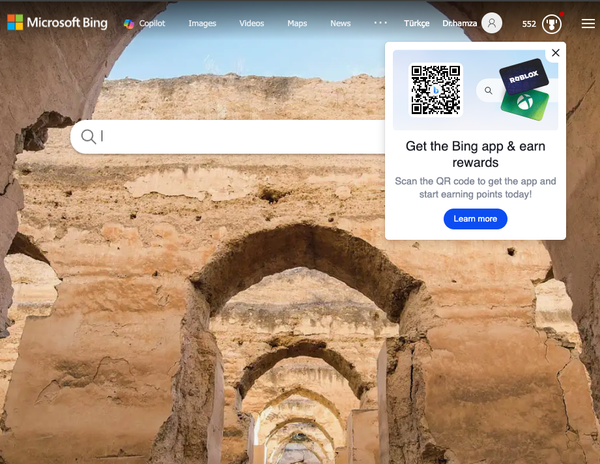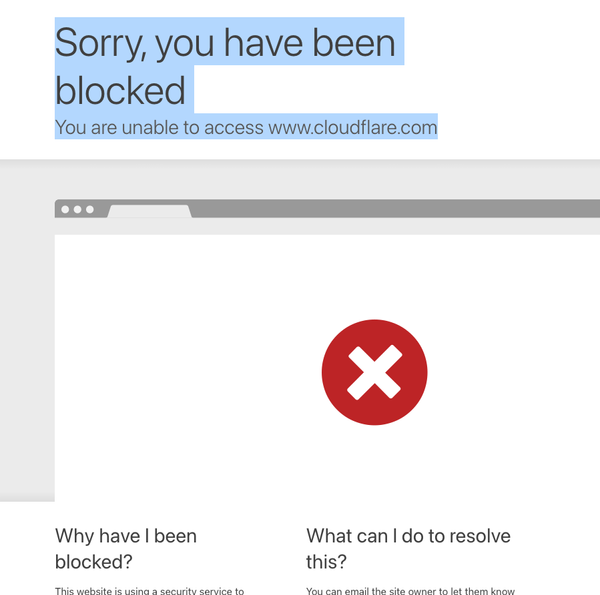Are Sitemap.xml Files Still Relevant for SEO in 2024?
Table of Content
In the constantly changing world of search engine optimization (SEO), webmasters and digital marketers are always on the hunt for the best ways to boost their site's visibility.
One common question that keeps coming up is: Are Sitemap.xml files still relevant in 2024? Let's take a closer look at what Sitemap.xml files do, their benefits, and whether they still matter in today's SEO strategies.
What is a Sitemap.xml?
A Sitemap.xml is a file that lists all the URLs of a website, providing a roadmap for search engines to understand the site's structure and content. This file helps search engines discover new and updated pages, ensuring that all important pages are indexed and can appear in search results.
The Evolution of SEO and Sitemap.xml
Over the years, SEO practices have evolved with the advancement of search engine algorithms. Early on, Sitemap.xml files were crucial for search engines to index websites effectively. However, with the rise of sophisticated crawling technologies, some may question whether these files are still necessary.
Benefits of Using Sitemap.xml Files
Despite advancements in search engine technology, Sitemap.xml files offer several benefits:
- Improved Indexing: Sitemap.xml files ensure that search engines can find and index all important pages, especially those that are new or updated. This is particularly useful for large websites with complex structures.
- Enhanced Discoverability: Sitemap.xml files enhance the discoverability of all site content, including deep pages that might not be easily found through internal links alone.
- Priority and Frequency: Webmasters can use Sitemap.xml to indicate the priority of pages and the frequency of updates. This helps search engines understand which pages are most important and how often they should be crawled.
- Rich Media and Mobile Content: Sitemap.xml files can include information about rich media content (like videos and images) and mobile-specific pages, ensuring that all types of content are indexed.
- Structured Data Support: Bing uses structured data to understand content better. Sitemap.xml files can include additional metadata, aiding Bing in indexing rich media content like videos and images.
- Error Handling: Sitemap.xml can highlight potential issues such as broken links or orphaned pages, helping webmasters maintain a healthy site structure.
- Mobile and International Content: For sites with mobile-specific or multilingual content, Sitemap.xml files can ensure that Bing indexes these variations correctly.
Are Sitemap.xml Files Still Necessary?
In 2024, the necessity of Sitemap.xml files largely depends on the nature and size of the website. Here are some considerations:
- Large Websites: For large websites with thousands of pages, Sitemap.xml files are essential for efficient crawling and indexing. They help search engines navigate the site's structure and discover all content.
- Frequent Updates: Websites that frequently add or update content, such as news sites or blogs, benefit from Sitemap.xml files as they ensure search engines are aware of new content quickly.
- E-commerce Sites: E-commerce sites with numerous product pages and categories can use Sitemap.xml files to ensure all products are indexed and discoverable.
- Small Sites: For small websites with a simple structure, Sitemap.xml files may be less critical as search engines can easily crawl and index the entire site.
Best Practices for Using Sitemap.xml Files
To maximize the benefits of Sitemap.xml files, follow these best practices:
- Keep it Updated: Regularly update the Sitemap.xml file to reflect new and updated content.
- Use Multiple Sitemaps: For large websites, consider using multiple Sitemap.xml files to organize URLs by category or content type.
- Submit to Search Engines: Submit the Sitemap.xml file to search engines via tools like Google Search Console and Bing Webmaster Tools.
- Ensure Accessibility: Make sure the Sitemap.xml file is accessible and located in the root directory of your website.
- Validate and Test: Use tools to validate and test your Sitemap.xml file for errors and ensure it follows the correct format.
Conclusion
Sitemap.xml files remain a valuable tool in the SEO arsenal, especially for large, dynamic websites. While search engines have become more sophisticated in crawling and indexing content, Sitemap.xml files provide a structured and efficient way to ensure all important pages are discovered.
By following best practices, webmasters can leverage Sitemap.xml files to enhance their site's visibility and maintain a strong SEO presence in 2024 and beyond.











